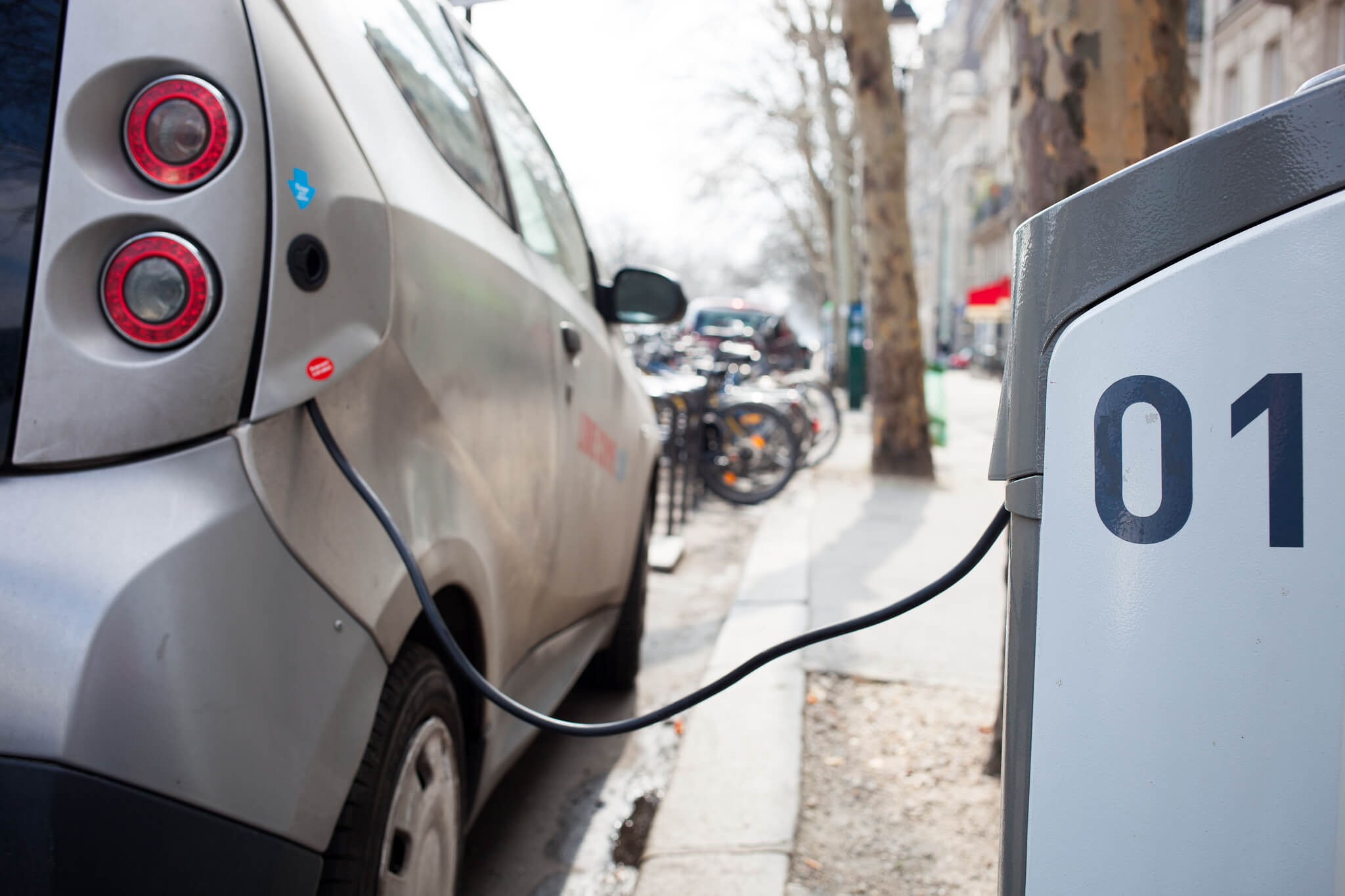Today’s cars are miraculous, marvelous. They are twice as good as they were just 30 years ago — if you measure them by life expectancy, safety, reliability and comfort.
As William Gouse, an expert at SAE International which coordinates and sets the standards for cars and trucks worldwide, said, it was just decades ago when we expected cars to start giving trouble at 70,000 to 80,000 miles on the odometer. Now we expect twice that and more even from cars, SUVs and light trucks. We also no longer expect flat tires and engines overheating.
Gouse told me in a television interview that not only is quality from an owner’s point of view far better, but safety is equally improved. You are more likely to survive a crash.
The story of the automotive evolution to excellence is a story of incremental improvement; of the technological equivalent of compound interest – a little bit more every year.
It is a story of how better technology and materials, government regulation and competition have entwined to produce a welcome result. Therefore, it is a tale that needs repeating elsewhere.
The technology got better because technology is getting better in everything, particularly the role of computers under the hood. The materials got lighter, stronger and more durable. The government has demanded better cars and trucks year after year: better mileage, better safety, better crash survivability and better emissions controls.
The government role is important because it has pushed through regulatory standards that the automotive engineers have risen to meet. There is a kind of gold standard demanded by the government for cars and trucks in the United States and it informs their production worldwide.
“Street legal” is the operative threshold that drives manufacturers worldwide to clear the American bar, otherwise their products cannot be sold here. World production must comply with U.S. standards in safety, emissions and equipment, such as reversing cameras, now standard on all new cars.
This de facto world standard will allow a car to be sold and operated in the United States. Some specialty cars made in other countries – for example, the beloved British Morgan sports car, complete with a wooden frame and a leather strap across the hood (bonnet in Britain) – can no longer be imported into the United States. While they are not for sale here, they are for sale elsewhere in the world.
The final driver for better cars and trucks is the consumer. Competition in the automotive world is brutal. Automobile manufacturers must take an annual market test, answering these questions: Will the new models sell? Did we bend the steel in appealing ways? Will our claims of “happiness behind the wheel” be ratified by the public? It is a test quite unlike that for any other product, except perhaps movies. Is it what the public wants?
Now new challenges and new excitements are afoot in the world of automobiles. The old order of the internal combustion engine — so improved, so dependable and so much cleaner — is going to begin to surrender its hegemony to the new order of the electric car.
Much that has been improved for today’s cars, like tires and brakes, is to be found in the electric car, but the drive train is something different. It is something that is itself evolving: better batteries, motors, designs and new expectations, primarily of range through battery improvement.
The arrival of the electric car is evolutionary, verging on revolutionary.
The big impediment: How will recharging catch up and become as painless as filling the tank is today? In time, it will happen. Gouse is hopeful that one day there will be easily available induction charging (charging without wires) so that at a stoplight or in a parking place, juice will flow from the local utility to your car.
The automobile has changed and way we live and given us a unique dimension: the freedom to go when we want to go in great comfort with our everyone and everything: family, music, telephone service and, when autonomous cars arrive, maybe workspace. The automotive future is an open road.
Photo: Laura Gariglio on Unsplash


